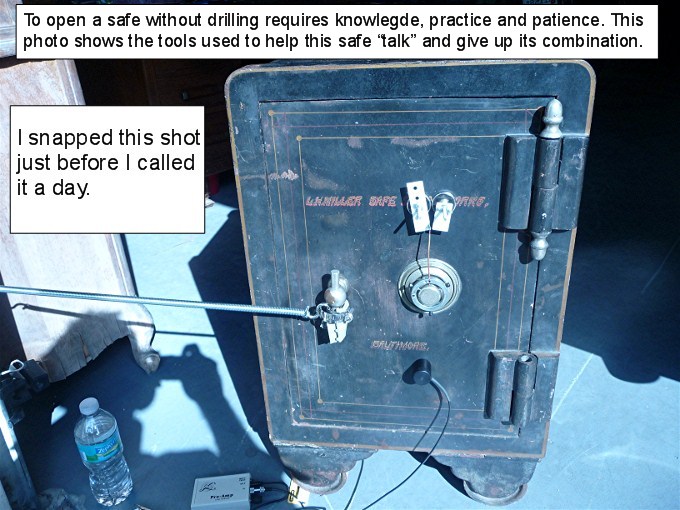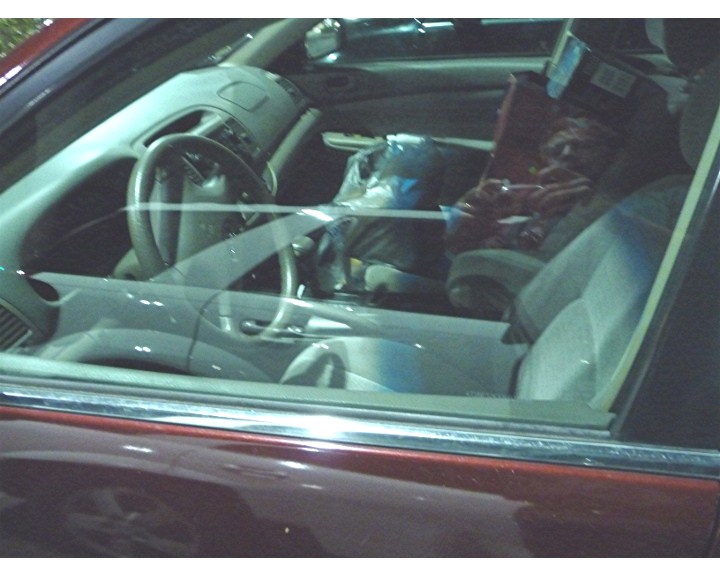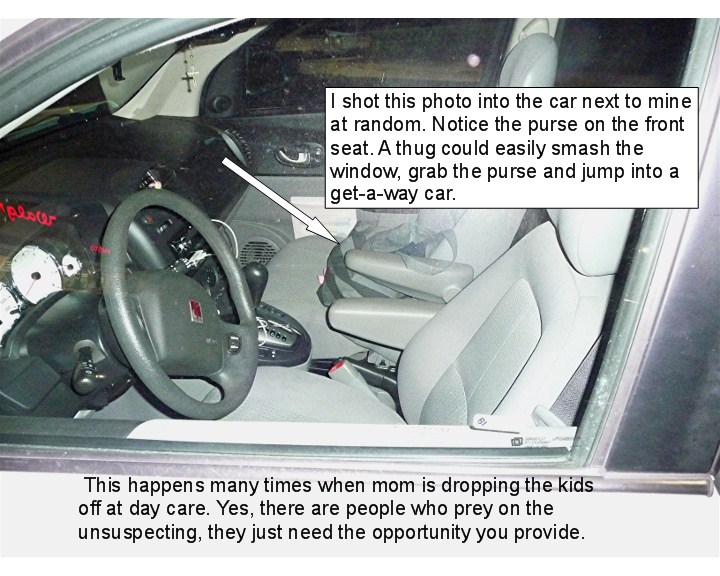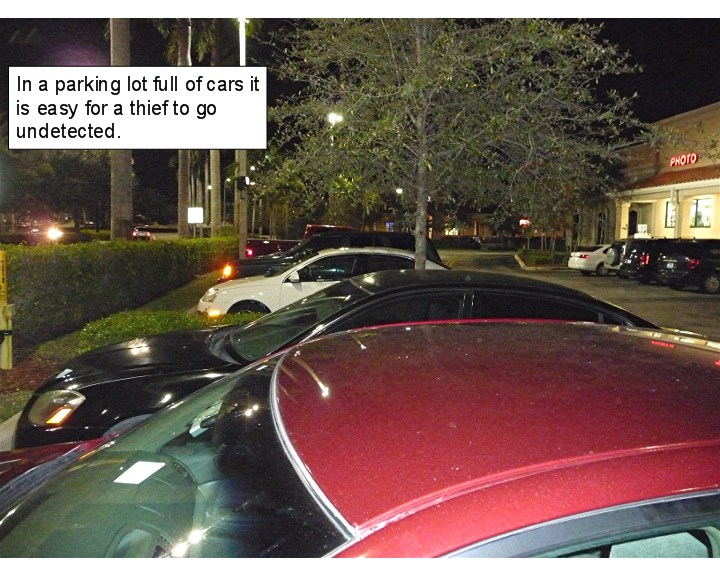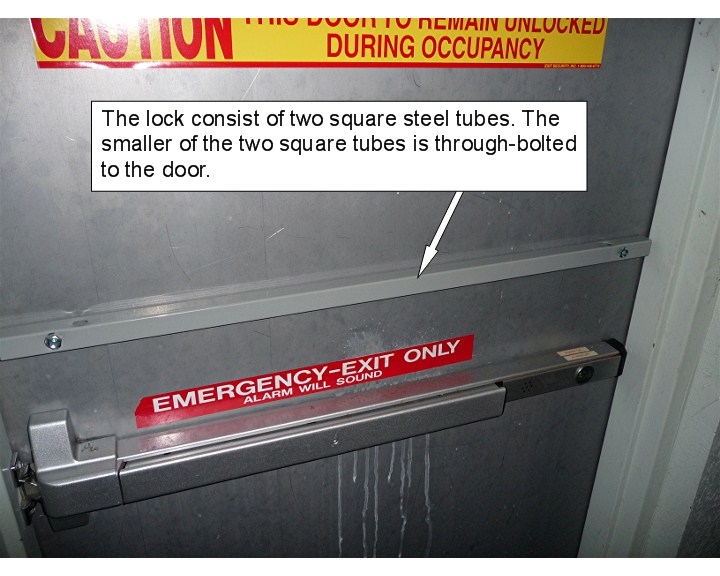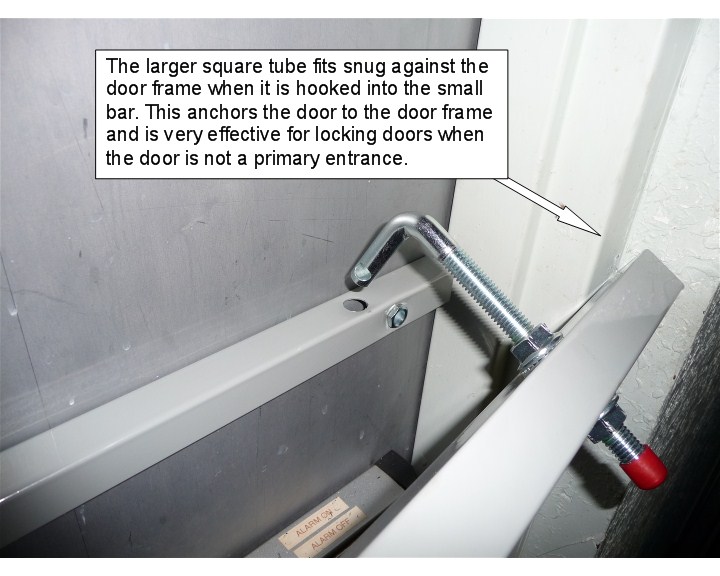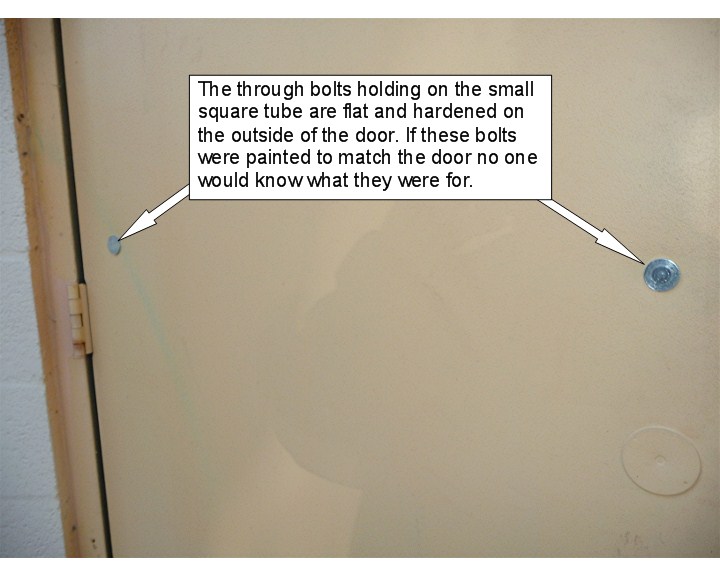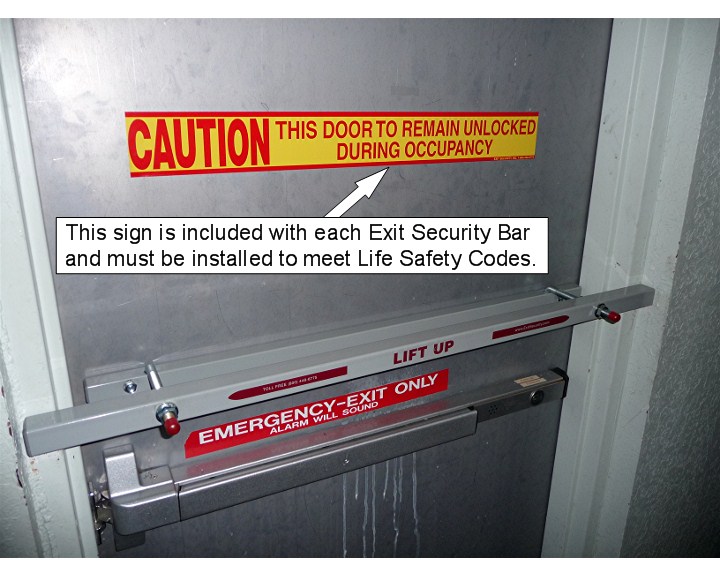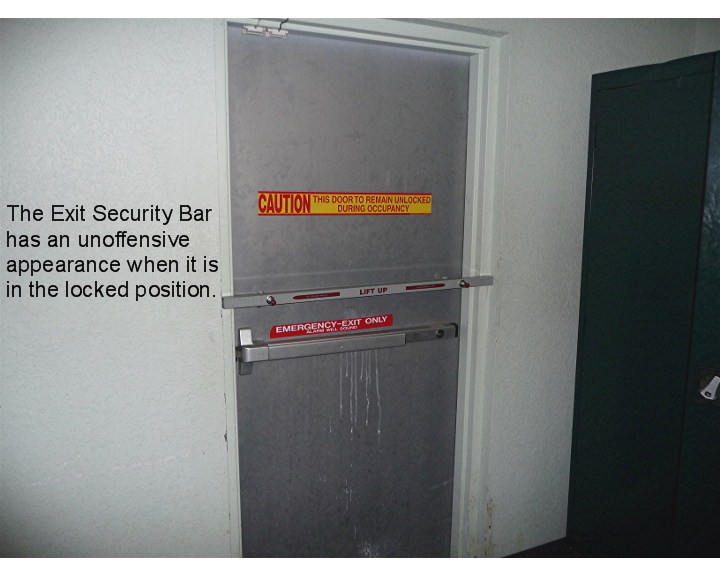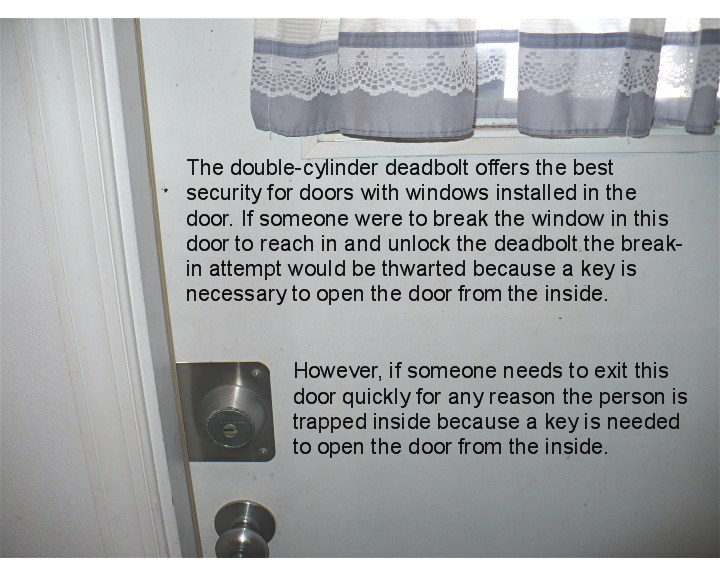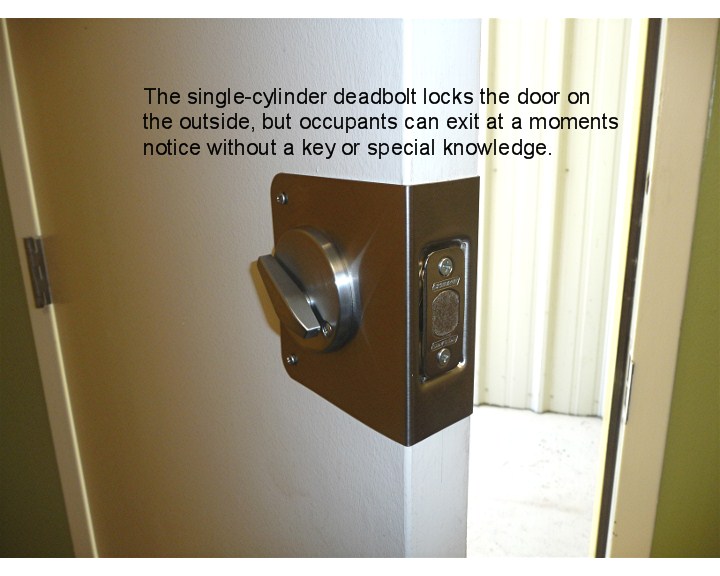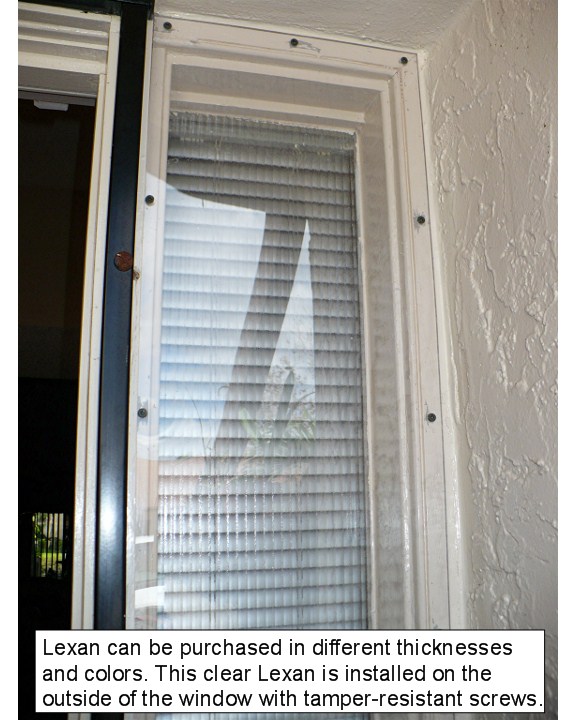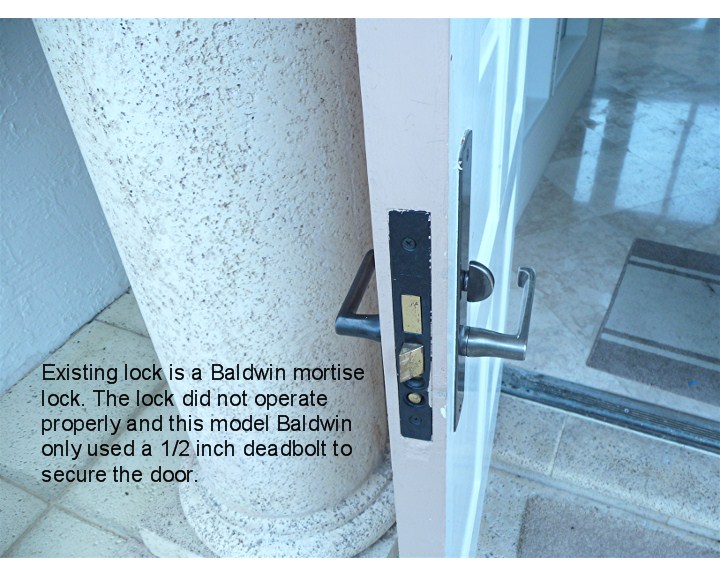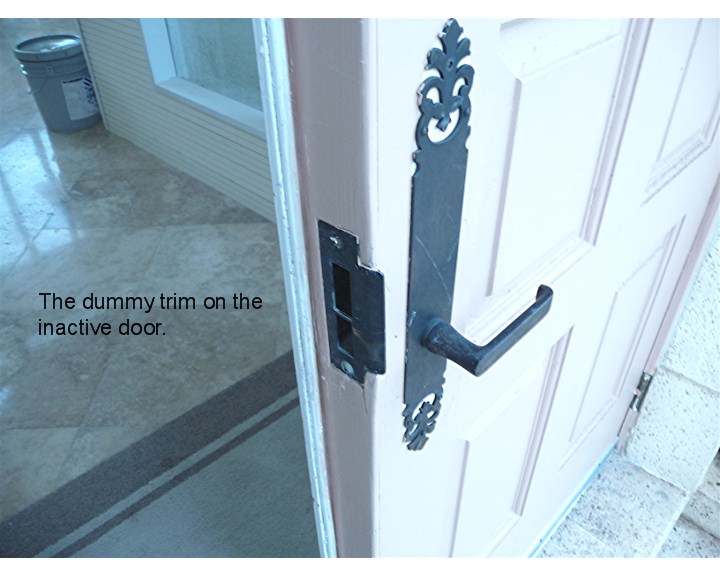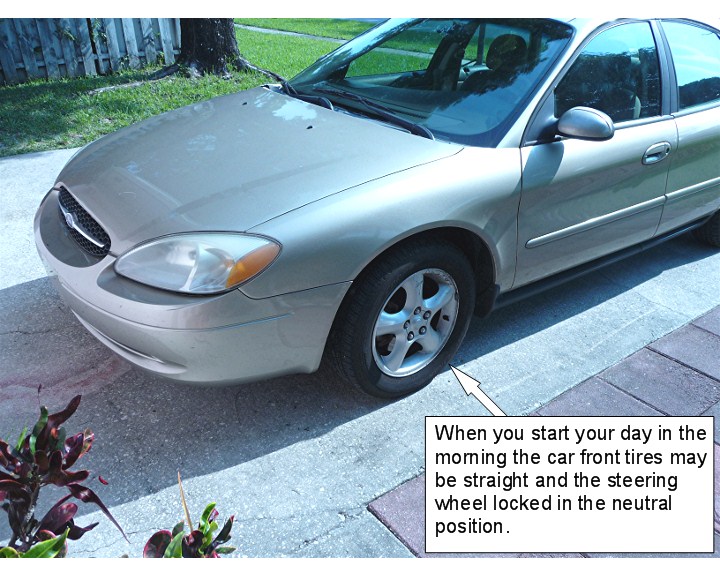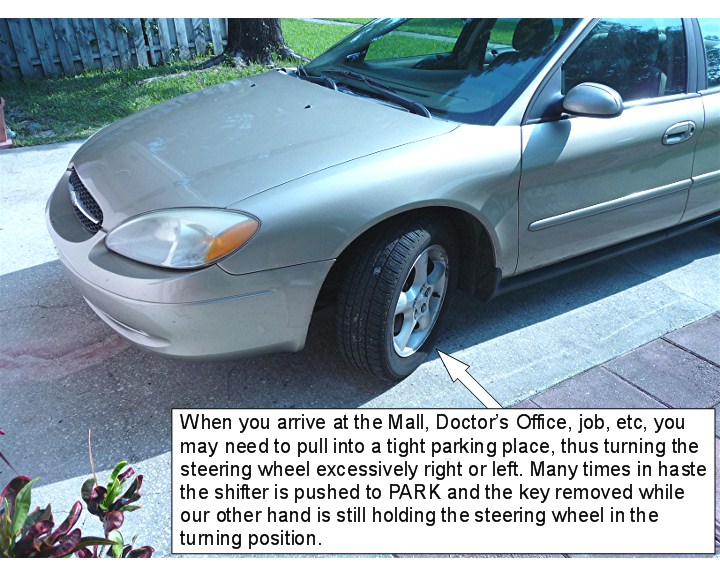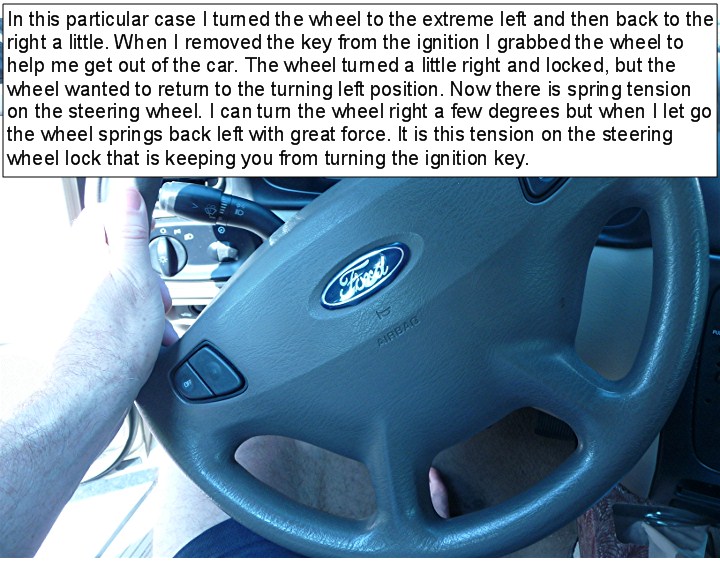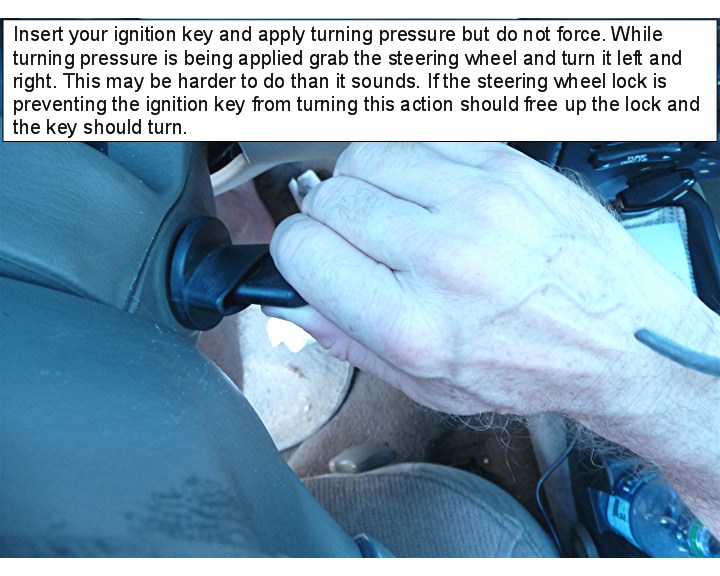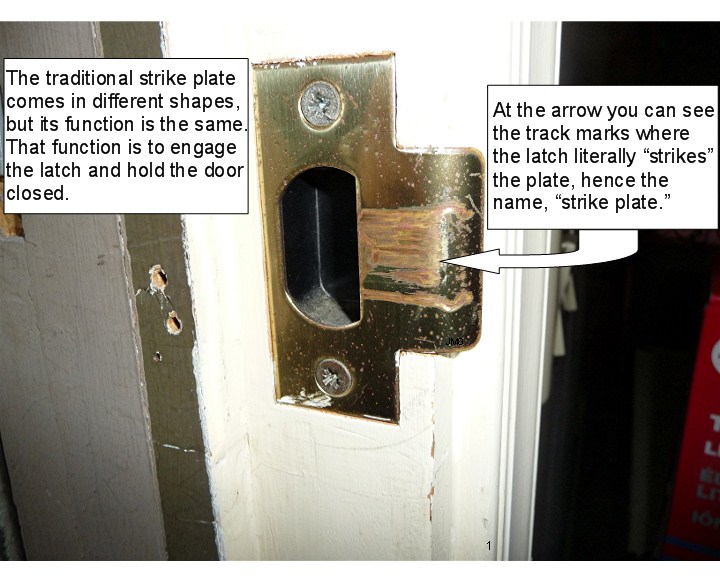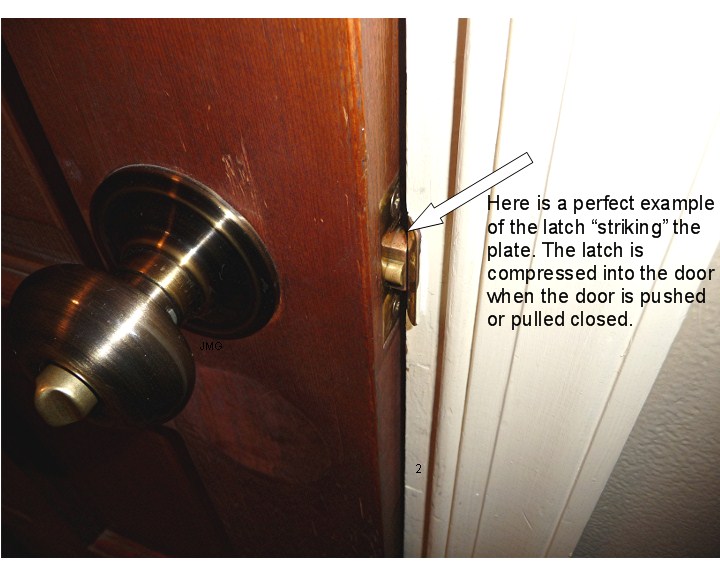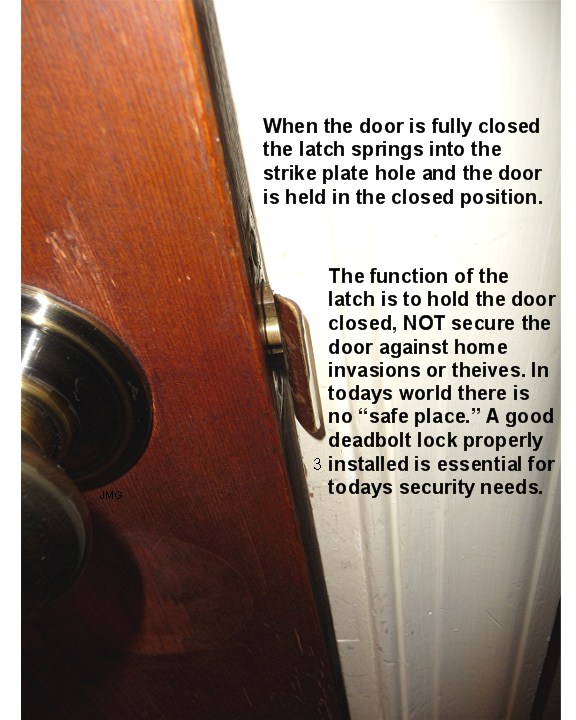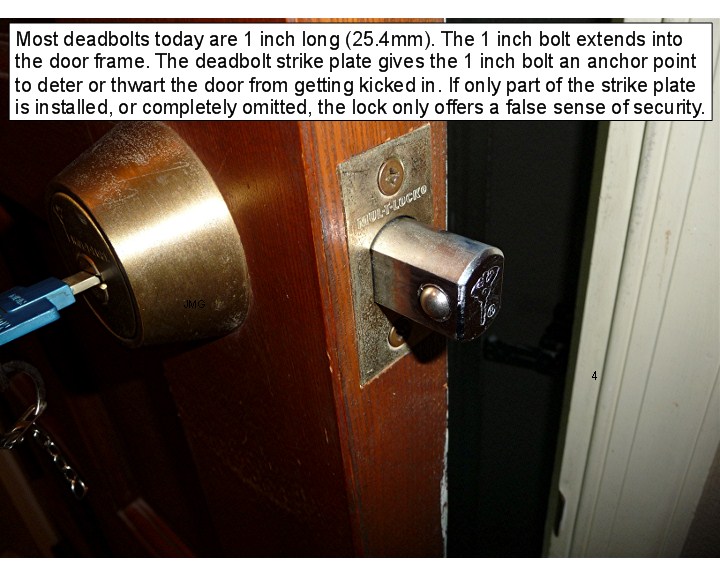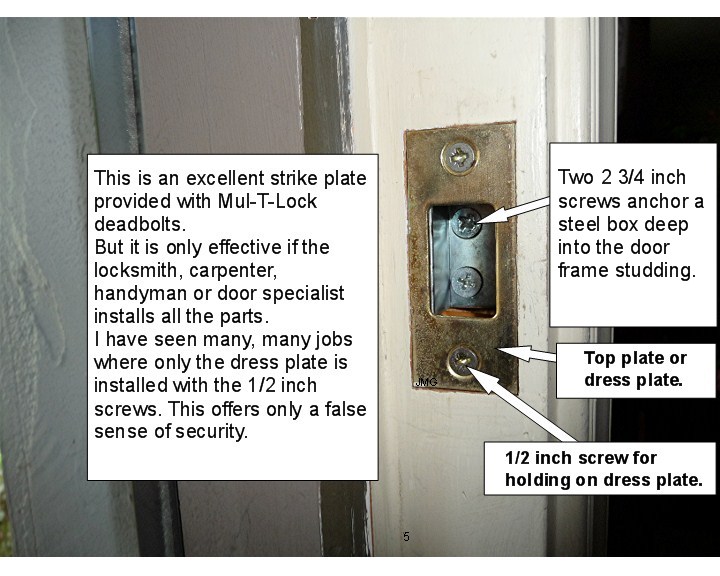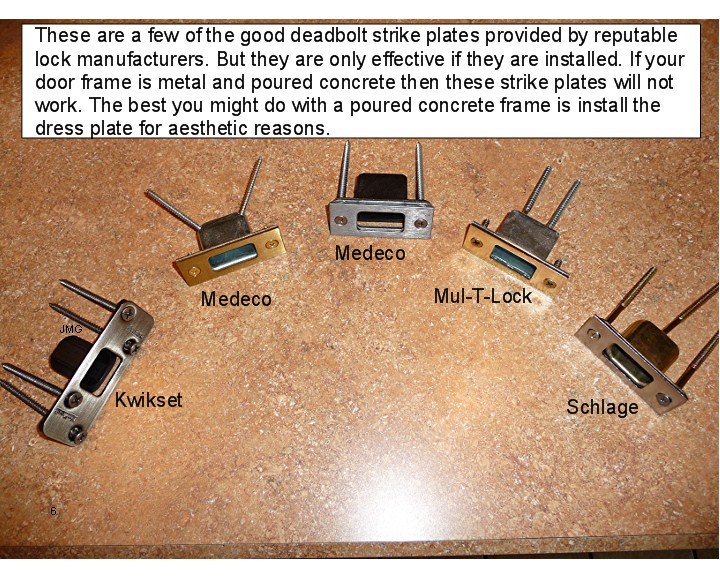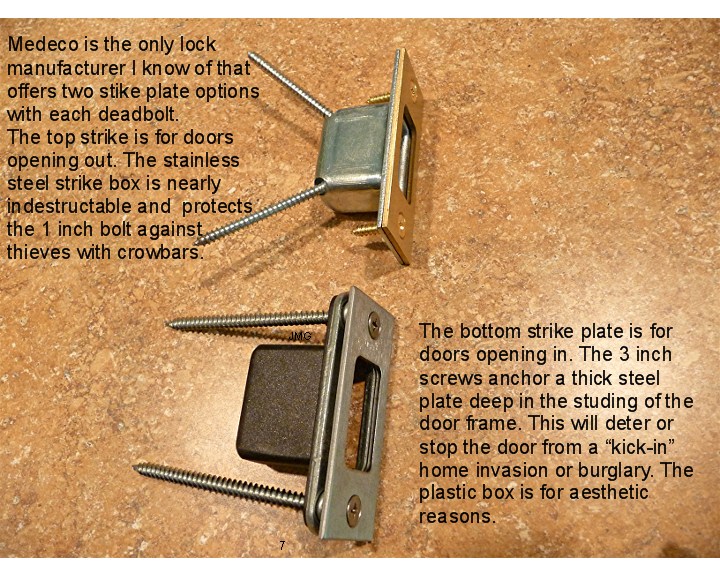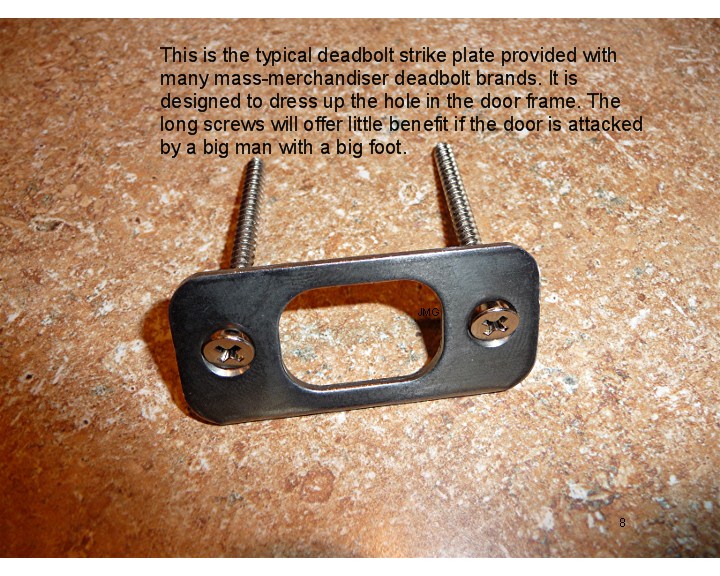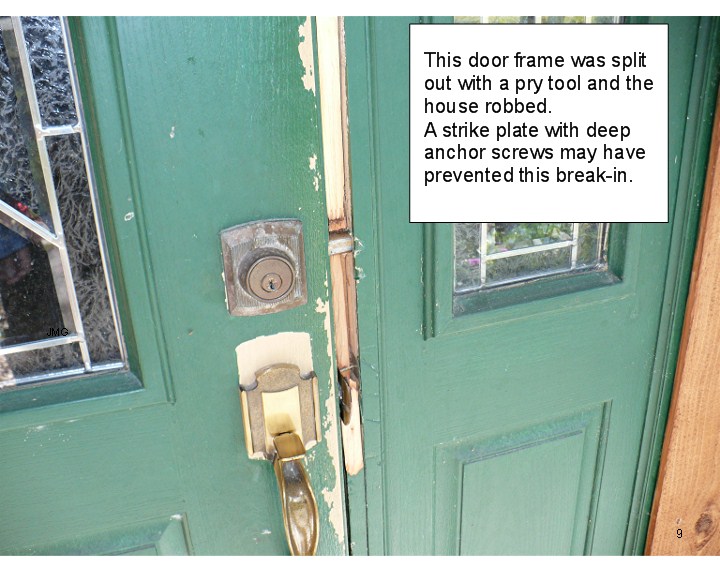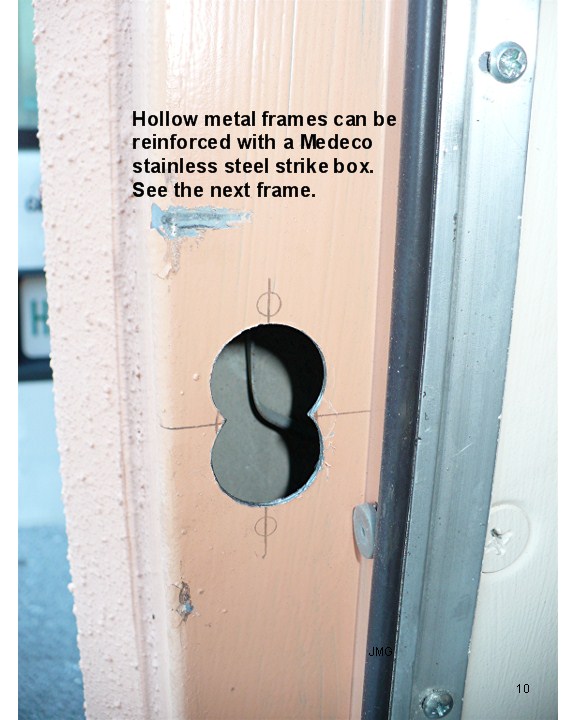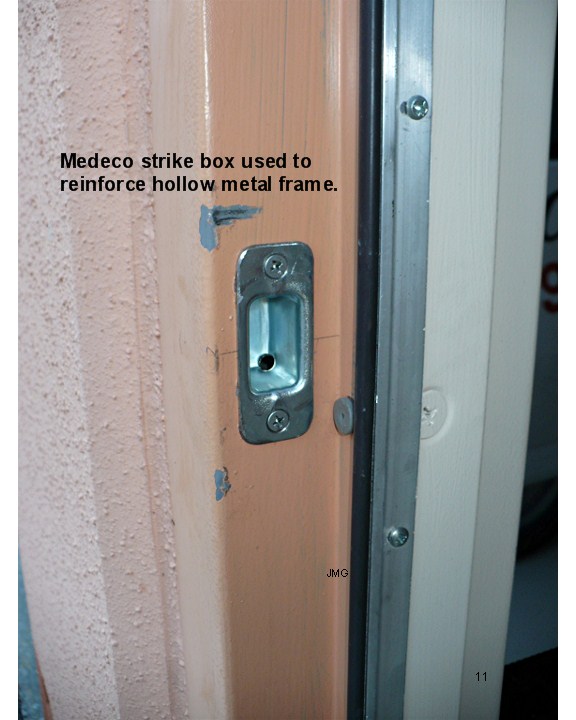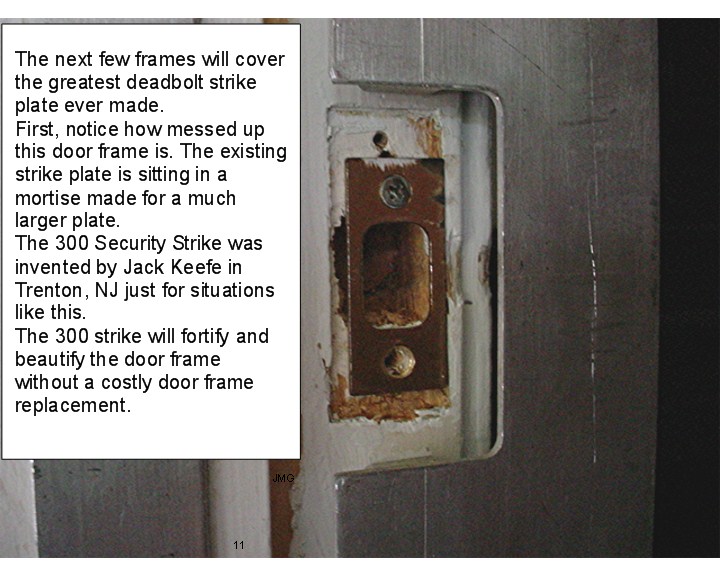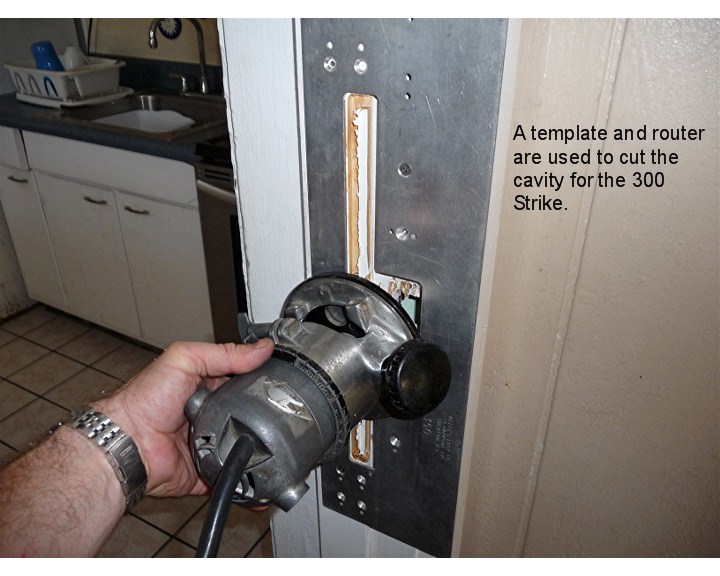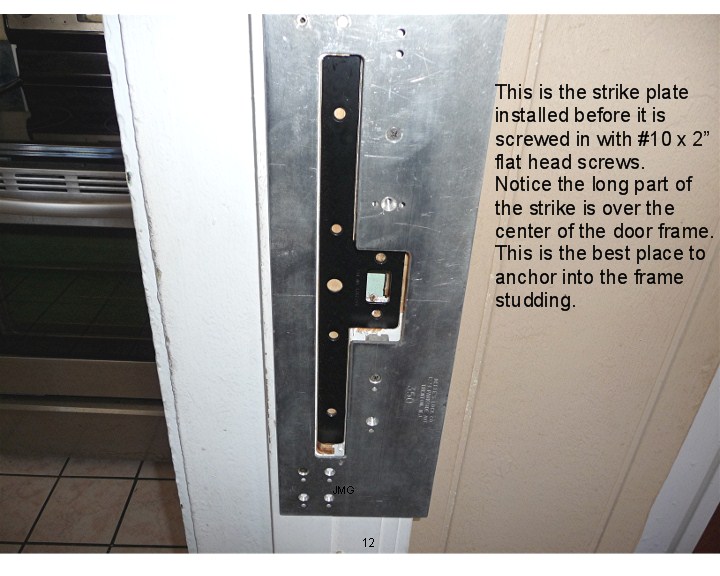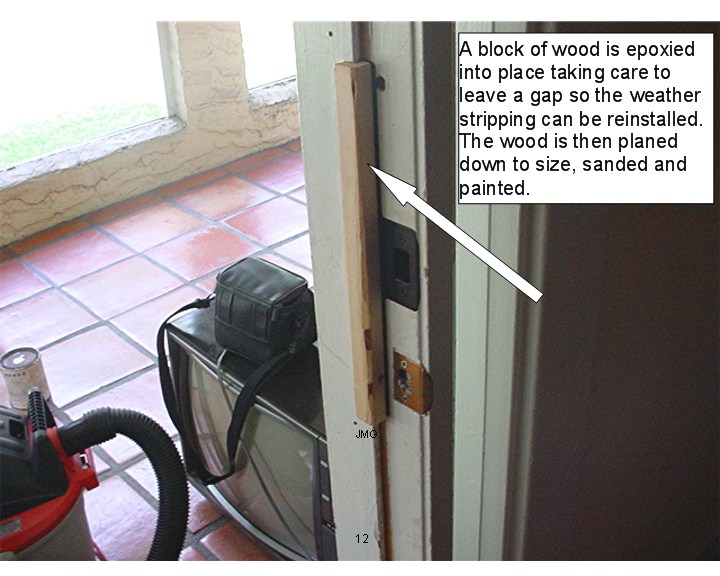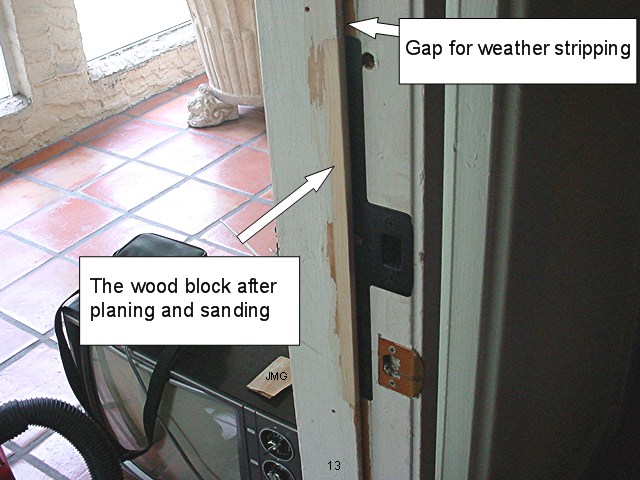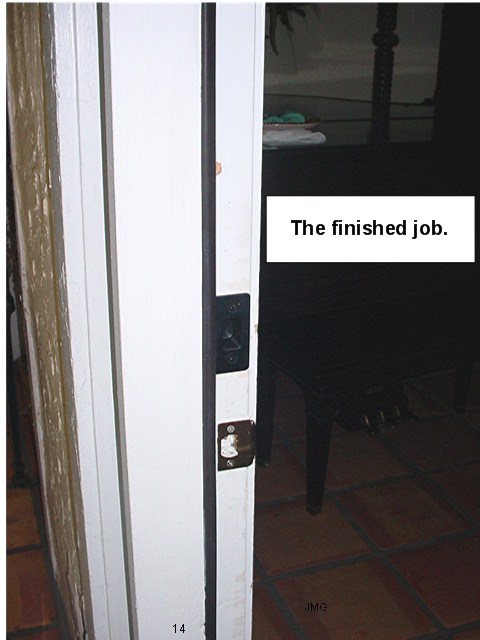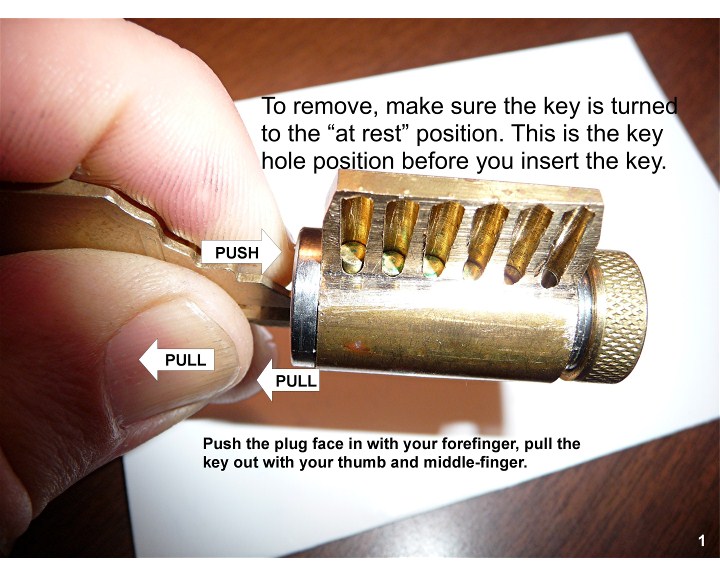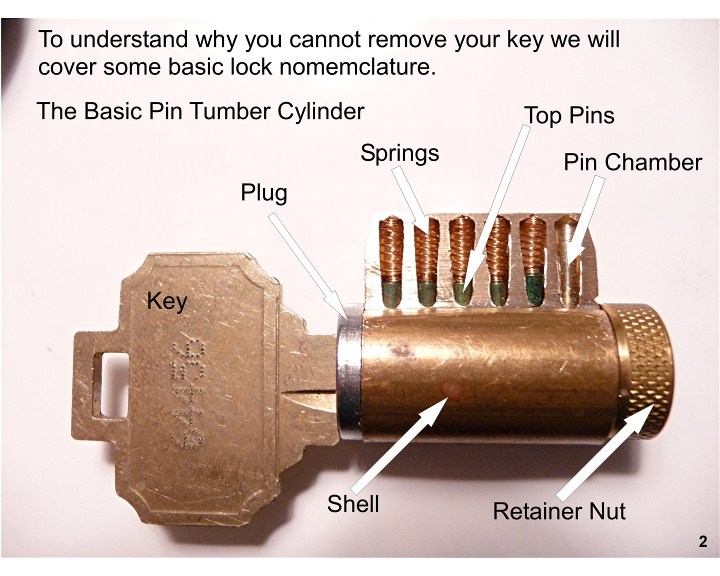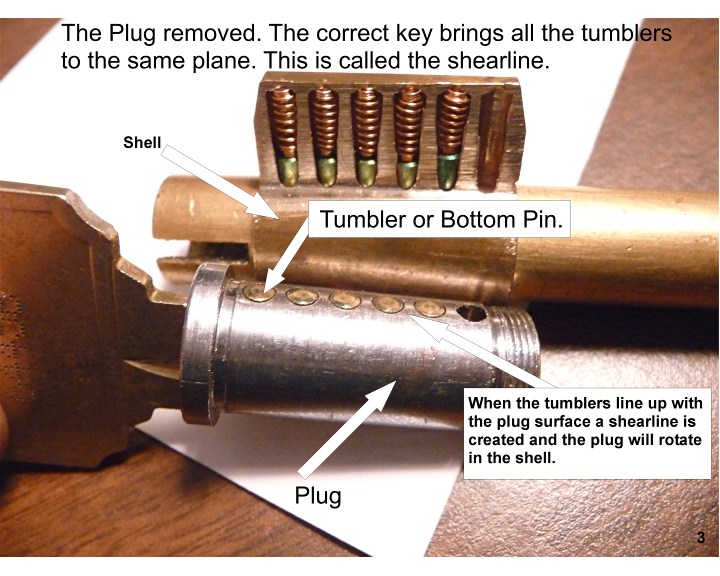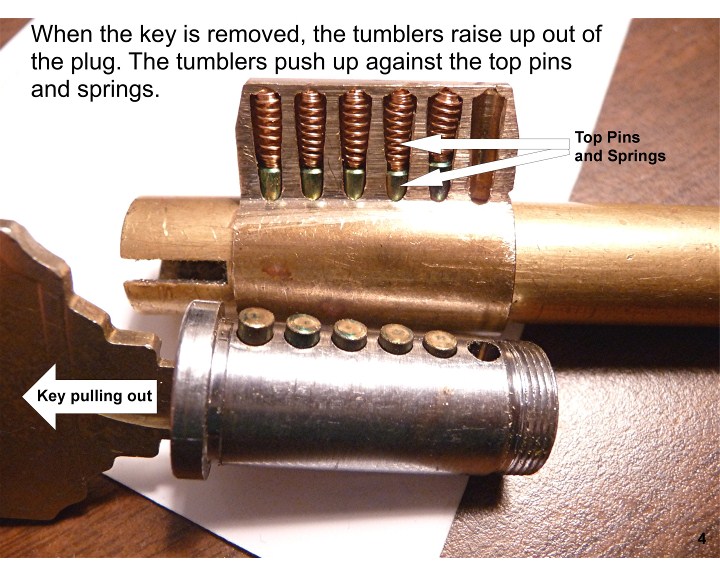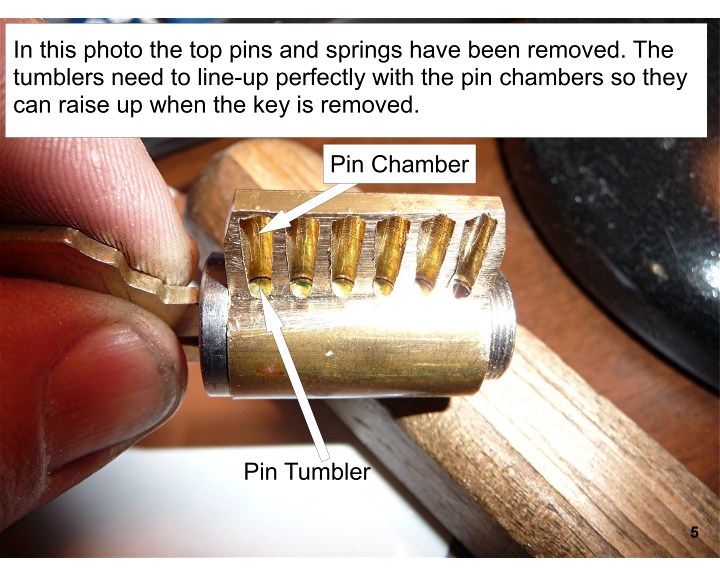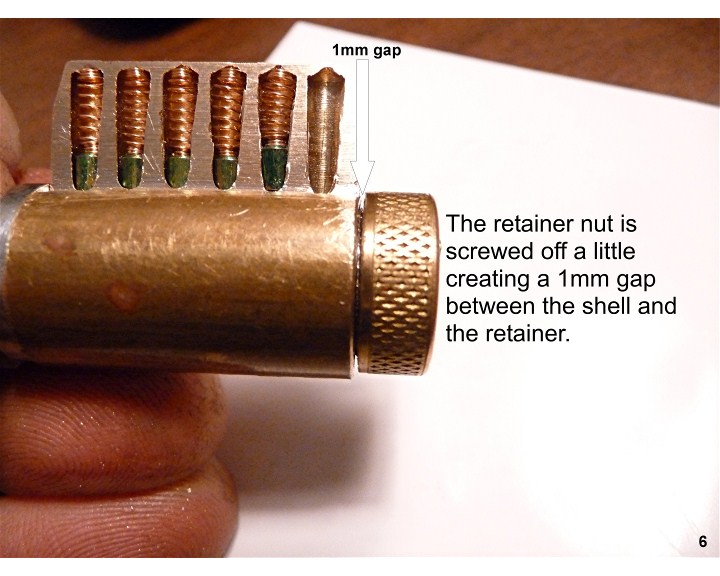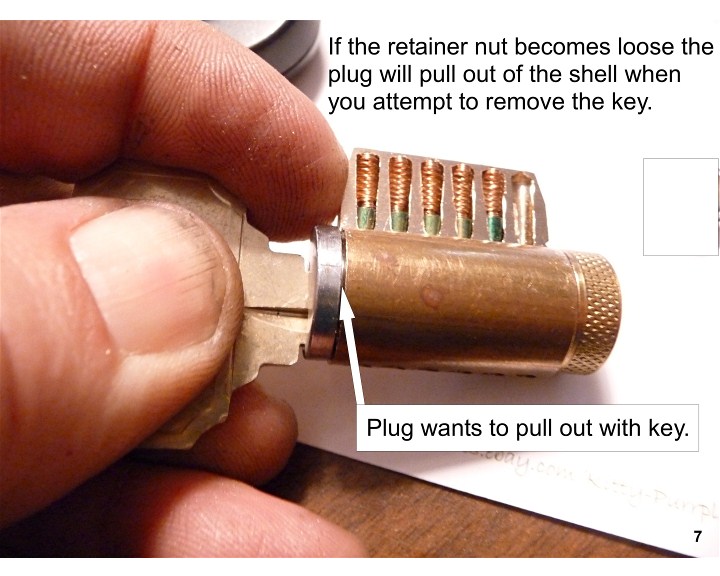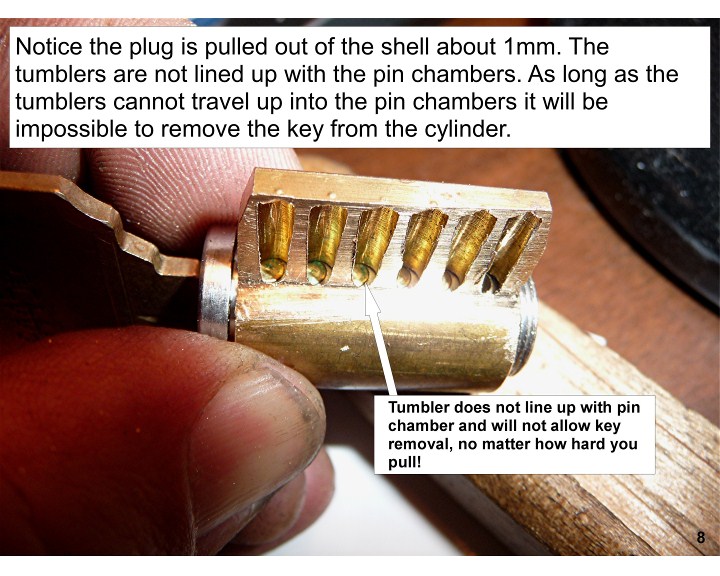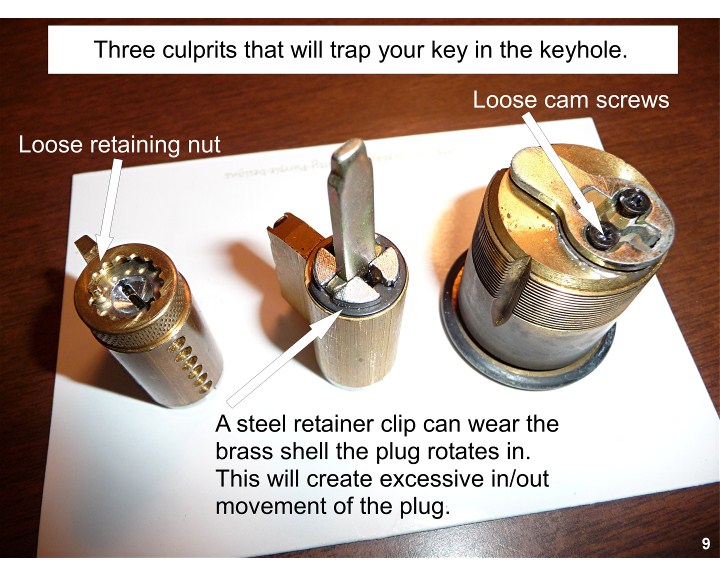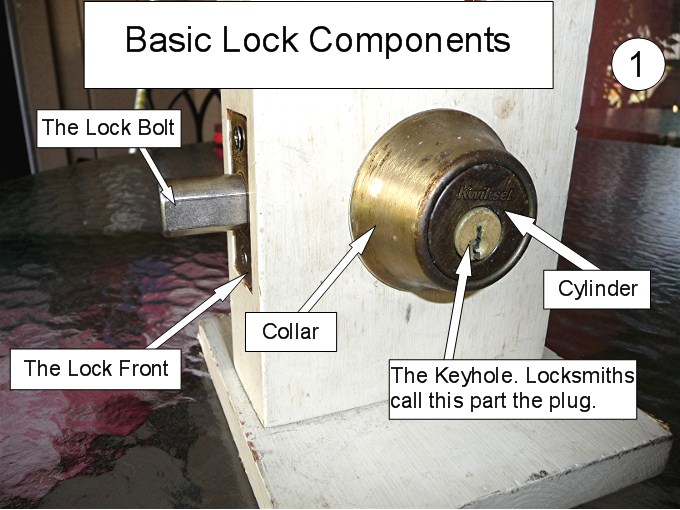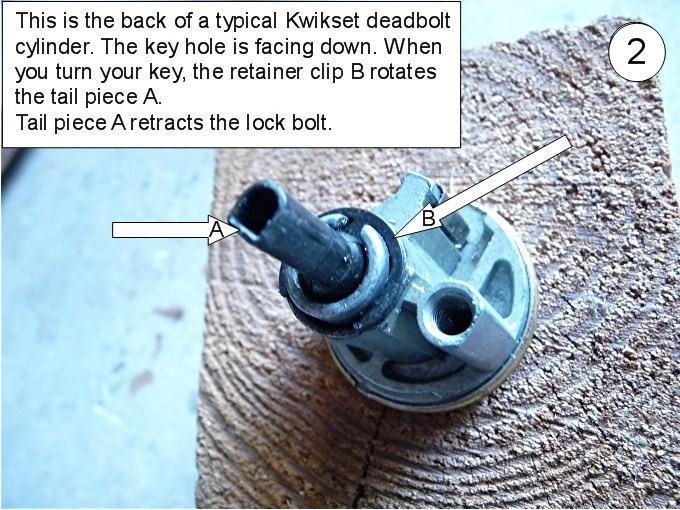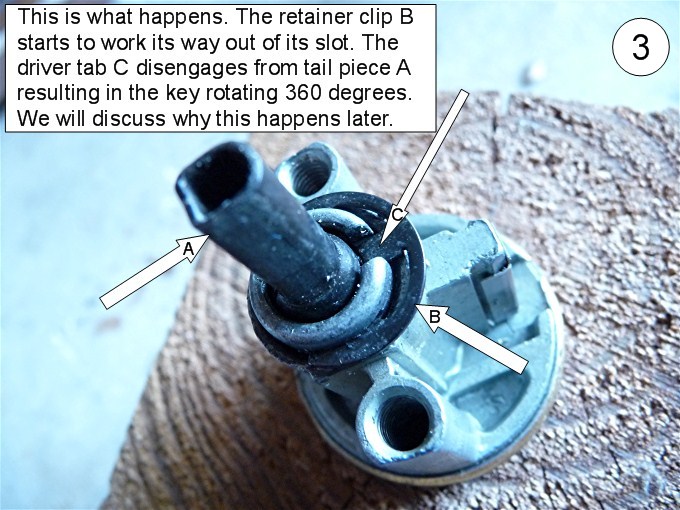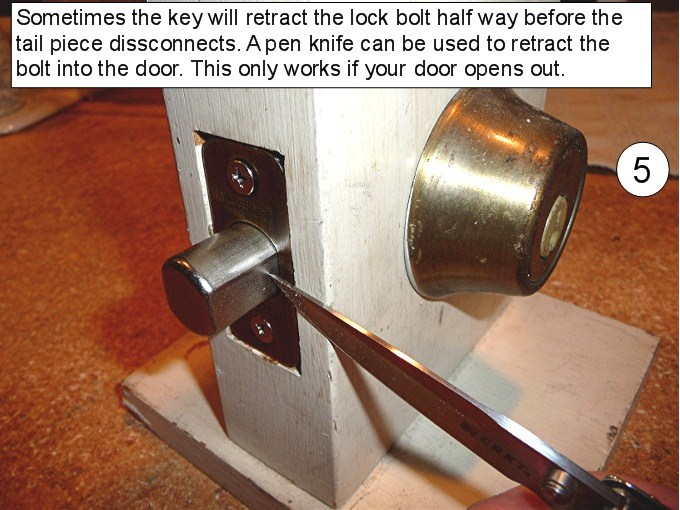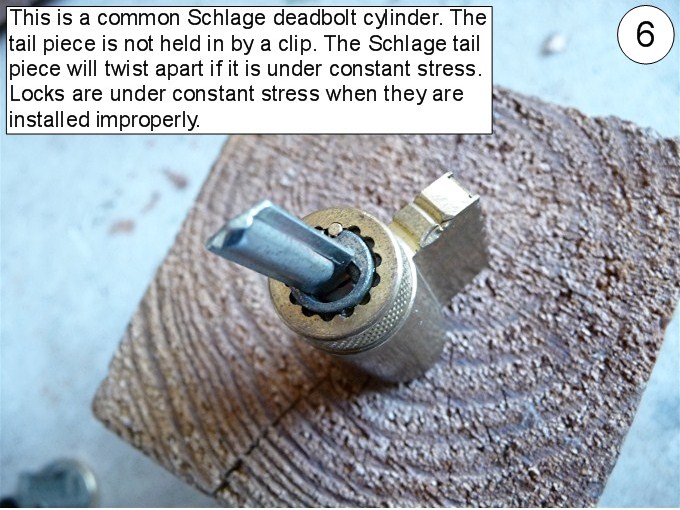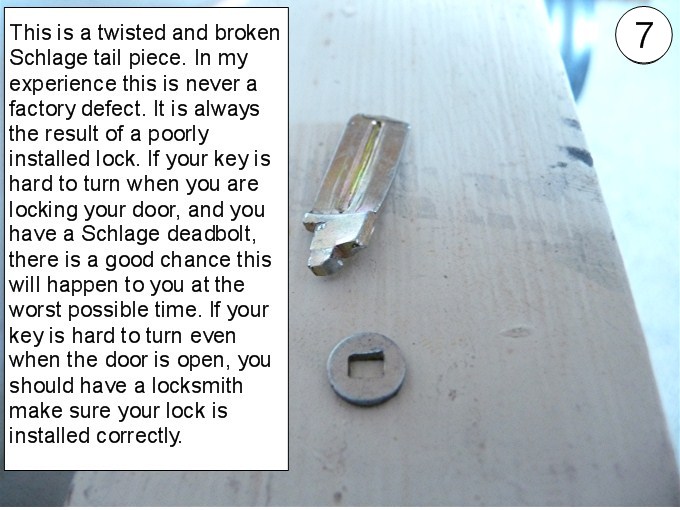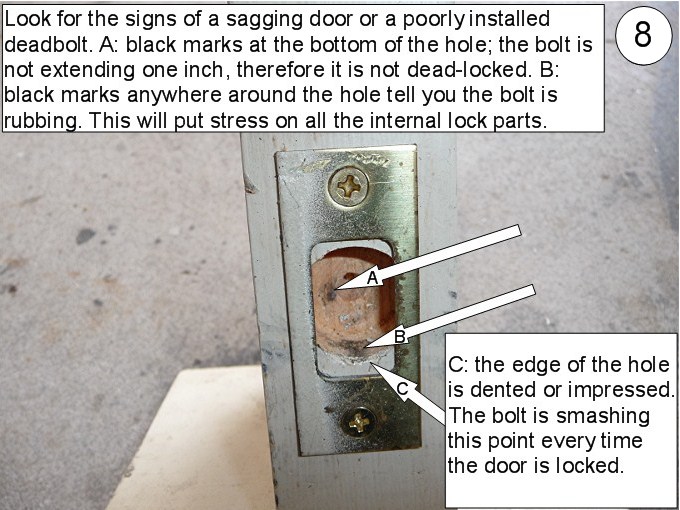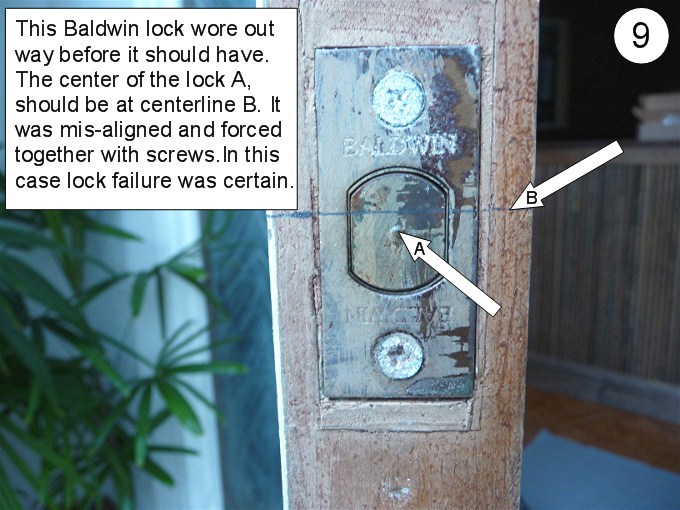Opening a locked safe is still a mystery to the general public. Even as a locksmith people still ask me if a substance can be injected into the key hole that will harden and form a working key from the tumblers. This idea is pure fantasy and ignorance for how a lock works. I can assure you, any substance injected into the lock that will harden will ruin the lock. In fact the keys for the lock will not work either.
Opening a safe without drilling requires knowledge, practice and patience. All three components work together. Patience will only last until you have used up all the knowledge you have to defeat the lock. Of course with out any knowledge your patience is useless, you need to understand the basics of a working safe lock before you can attempt to unlock a safe without drilling. Practice is necessary so you know what to expect when you are trying to dial open a locked safe. Experience helps too, but I think experience is the same as practice. The art of opening a safe without drilling is known as Manipulation.
Opening a safe without drilling is classified by the government as a surreptitious opening, which means there is no evidence a break-in has occurred. All government safes and containers used for classified documents or firearms require a manipulation resistant lock.
Years ago I watched Alexander Mundy on the TV show “It Takes a Thief “, open safes without drilling or making any noise. Since then there have been many story lines based on thieves who can open safes by manipulation. This might lead many to think opening a safe by listening to the tumblers is a myth. But manipulation is a learned procedure first developed by Harry Miller back in 1940.
If you have an antique safe, that may be a family heirloom and the combination is lost there is a good chance the safe can be opened without drilling a hole. Of course some antique safes have precisely machined tumblers and are made to be very difficult to open, with or without a drill. Sometimes drilling is necessary. A highly trained safe technician will know how to find the best way to open your safe with the least amount of damage, keeping repairs to a minimum.
Another reason to manipulate a safe open is the mess drilling and repair would create. Some safes are very difficult to drill because of the barrier material used to protect the lock. Some safe manufacturers install plate glass in front of the lock with cables attached to the glass leading to spring loaded steel pins called external re-lockers. A drill would break the glass setting off the re-locker preventing thieves and anyone else from opening the door. Professional safe technicians will locate the re-locker and drill the safe to neutralize the re-lock pin. This procedure can be very time consuming and costly.
If you have a locked safe with a lost combination consult a locksmith that is trained to open safes, or a professional safe technician. Websites you can visit to find trusted technicians are www.findalocksmith.com, www.aloa.org, www.savta.org, and www.clearstar.com.


